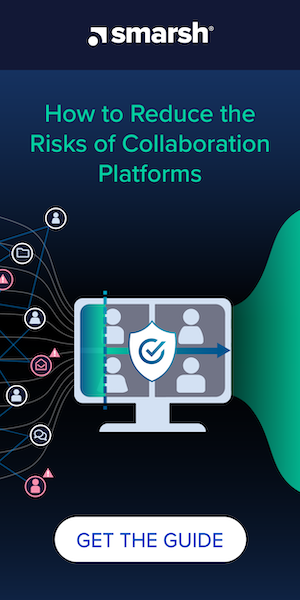Guide
How to Reduce the Risks of Collaboration Platforms
Considerations for managing regulatory compliance, cybersecurity, data privacy and more
For financial firms, a distributed workforce isn’t merely inconvenient; it’s risky. Remote workers on home networks, potentially using personal devices or interacting — unwittingly or not — through unauthorized communication apps makes the identification and mitigation of risk and the management of regulatory compliance exponentially more complex.
These risks can result in wide-reaching consequences such as loss of intellectual property, regulatory violations, data privacy or legal sanctions, and even reputational or brand damage. Modern communication platforms are useful, but they must be diligently managed to avoid potential risks:
- Cybersecurity risks: The use of unsecured home networks and unauthorized devices creates blind spots for IT and security teams, paving the way for fraudulent activity
- Regulatory risks: When communications tools are downloaded or deployed before policy controls can be implemented, those communications are not being archived or monitored — creating compliance gaps
- Data privacy risks: Privacy complications can arise if collaboration tools are not used exclusively for business purposes
- Internal policy risks: New platforms provide a new place for employee misconduct to occur
This guide will help you navigate the benefits and risks of collaboration tools and how to adjust your policies, technology and employee training to enable the future of work and stay ahead of risk.
